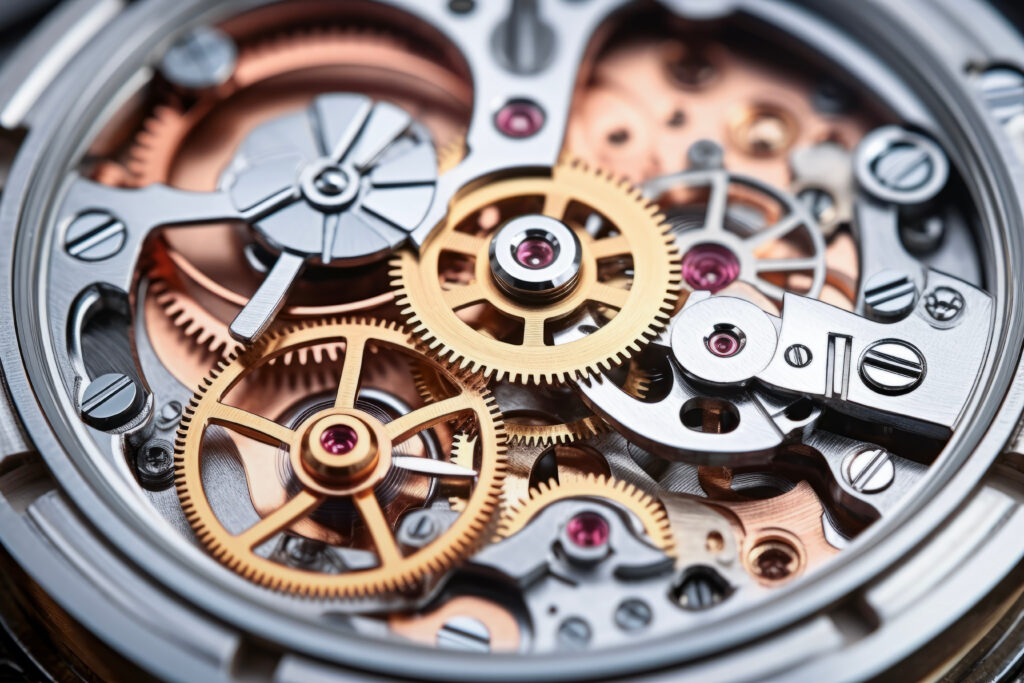The innovative role of digital twins in Swiss watchmaking
In a world where technology increasingly influences traditional industries, a unique challenge arises: how to modernize legacy systems while preserving their essence. This narrative unfolds in the realm of Swiss watchmaking, where a manufacturer faced the dilemma of maintaining antique, yet faltering, machinery. Read on to discover how Amaris Consulting’s decision to implement digital twin technology provided a Swiss watch manufacturer with a groundbreaking solution, melding the old with the new.
Digital twins: balancing tradition with technology
A Swiss watchmaker found itself at a crossroads. The antique machines it used to craft its line of watches, which are a living tradition – valued for their ability to produce top-tier quality and as an embodiment of the brand’s heritage – were prone to frequent breakdowns, necessitating constant repair. This not only threatened production schedules but also risked diminishing the brand’s reputation for excellence. It needed a solution that would enhance the efficiency of the machines without detracting from their historical value.
Seeking a solution that would uphold its heritage without sacrificing efficiency, the watchmaker turned to Amaris Consulting, a Mantu brand.
In response to this unique challenge, Amaris Consulting proposed an innovative solution: the application of digital twin technology. This approach was not just about introducing a new technology but about creating a synergy between the time-honored craftsmanship of watchmaking and the cutting-edge advances in digital modeling.

The project, spearheaded by an Amaris Consulting data scientist, began with a thorough analysis of the antique watchmaking machinery. These machines were meticulously outfitted with advanced sensors, gathering data that reflected their operational patterns and intricacies. This information was then used to create detailed a digital replica—digital twin—of the machines.
Digital twin technology works by creating a precise virtual model of physical objects or systems. These digital replicas mirror the real-time status, working condition, and nuances of their physical counterpart.
In this project, the digital twin provided a real-time view of the machines’ condition, enabling the development of a predictive maintenance algorithm. This algorithm is now used to alert the maintenance team about impending machine failures.This shift from reactive to proactive maintenance means that potential issues can be identified and resolved before causing downtime or before they escalate in severity.
The watch designer and manufacturer also now know which actions trigger different issues and how to circumvent each type of issue. This has resulted in a significant improvement in production efficiency, with reduced machine breakdowns and maintenance costs.
Amaris Consulting’s decision to use digital twins in this context was more than a technological upgrade; it was a strategic move that bridged the gap between tradition and modernity. By integrating this innovative solution, the Swiss watchmaker not only preserved the essence of its heritage but also embraced the efficiencies of the digital age. This exemplifies how thoughtful application of technology can revitalize traditional industries, ensuring their relevance and efficiency in a rapidly evolving world.